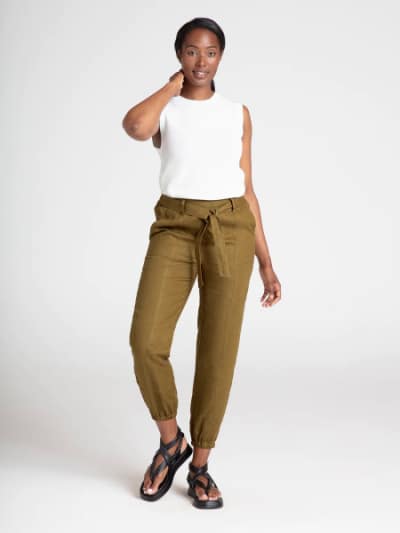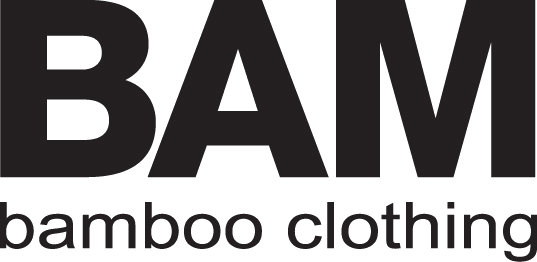Handy Facts On Selecting Hemp Clothes
Wiki Article
How Do You Know If Hemp A Sustainable Crop When It Comes To Water Usage, Pesticides And Herbicides Compared With Cotton?
The hemp plant is considered more sustainable than cotton, in regards to herbicides, pesticides and water usage, among others.
Hemp The needs for water in Hemp are low in comparison to other crops like cotton. It is a drought-resistant plant and can thrive with minimal irrigation. In some areas, hemp can be planted with only rainwater. This is why it is a good choice for water use.
Cotton- Conventional combed cotton is known for its high water usage. Cotton farming often requires massive irrigation. This can reduce local resources and create water shortage in areas that have scarce water resources. Cotton farming has been criticized due to its high water use.
Pesticides, Herbicides
Hemp- Hemp is naturally resistant to many pests and diseases, which reduces the need for synthetic herbicides and pesticides. While some hemp plants might require only a few pest control measures to ensure their health but the total dependence of chemical inputs, like cotton, is far smaller than that of other crops. The organic hemp crop can be grown virtually without pesticides.
Cotton - The standard cotton farming industry rely heavily on synthetic insecticides and herbicides in order to control pests. These chemicals can cause harm on the environment. This is a case of water and soil contamination as well as harming animals that aren't targeted, as well as pesticide resistance.
In conclusion hemp is more sustainable than cotton, with respect to pesticides or herbicides, water use and irrigation.
Hemp is a plant that can be grown using only a little water, rainwater or irrigation.
Hemp is a natural defense against many pests.
Hemp crops need less synthetic herbicides and pesticides when contrasted with traditional cotton.
It is crucial to remember that the practices of sustainable agriculture and environmental protection could differ from one area or grower to the next. Additionally, organic farming methods increase the sustainability of both hemp and cotton by reducing the use of synthetic chemicals and promoting the health of the soil. When considering the environmental impact of clothing and textiles, selecting organic and sustainably made fibers, whether hemp or cotton, can contribute to reducing the ecological footprint of the fashion industry. Read the top rated hemp clothes advice for more advice including hemp tees, jeans hemp, hemp jeans, hemp underwear, t shirt hemp, afends jesse dress, hemp clothing womens, organic hemp clothing, hemp shorts patagonia, jungmaven sweatshirt and more.

What Is It That Makes Hemp Clothing More Practical And Technologically Superior To Traditional Fabrics Than Other Types Of Fibres?
Hemp clothing is an eco-friendly alternative that provides many functional and technical benefits over conventional fibers. Here are a few examples of how hemp clothing is a high-performance, eco-friendly alternative.
Hemp fibers are very absorbent and moisture-wicking. This makes hemp clothing comfortable for wearing in a variety of weather conditions. They help keep you cool and dry, and help to stop the growth of bacteria.
Temperature Regulation
Hemp clothing is very thermoregulatory and breathable. Hemp clothing will help keep you warm by trapping heat close to your body and help cool you down during hot weather by allowing heat and moisture to be able to escape. The natural temperature regulation reduces the requirement to change your clothes.
Durability-
Hemp fibers are a durable material. Hemp clothing is more durable and resistant to wear and tear compared to the traditional fibers like cotton. This durability means that hemp clothes last longer, reducing the frequency of replacements and, consequently, environmental impact.
UV Protection
Hemp fibers protect the skin from UV radiation, providing natural UV protection. This is especially beneficial for outdoor activities and sports.
Biodegradability:
Hemp clothes are biodegradable which means it breaks down naturally when it is taken care of. The impact on the environment of textiles is decreased due to this property, as opposed to synthetic fibers which can remain in landfills for long periods of time.
Low environmental impact-
Hemp is typically grown with lesser herbicides, pesticides and synthetic fertilizers than cotton. The hemp plant uses less water and is therefore an ideal choice for the environment. The organic hemp farming process further improves these eco-friendly attributes.
Carbon Sequestration-
Hemp plants can capture carbon dioxide from the atmosphere as they grow. Hemp cultivation acts as an absorber for carbon dioxide and reduces greenhouse gas levels.
Sustainable Crop Rotation
Hemp can also be added to the crop rotation systems. This improves soil health and reduces the risk of developing diseases and soil depletion. This sustainable farming method contributes to the eco-friendliness.
Versatility:
Blending hemp fibers with other materials such as organic cotton and recycled polyester is a way to make eco-friendly and high-performance fabric blends. This versatility allows the creation of innovative textile products.
Low Toxicity
Hemp fibers are low toxicity and don't require extensive chemical processing to create. This helps reduce the negative impact of manufacturing textiles on the natural environment.
Apart from hemp's numerous practical and environmentally friendly benefits, it's important to be aware that sustainability of clothes may be impacted by other factors such as dyeing methods, transportation, or ethical labor practices. To help consumers make environmentally friendly choices, they should seek out clothing brands that focus on the environment, transparent manufacturing and ethical practices. Follow the most popular enquiry for hemp clothes for website recommendations including patagonia hemp vest, hemp swimsuit, hoodlamb jacket, dash hemp clothing, hemp clothing for men, hemp swimsuit, hemp garments, patagonia hemp work pants, 100 hemp t shirt, hemp pants and more.

What is the difference between hemp and bamboo fibers?
Both bamboo and hemp fibers are plant-based fibres used to create textiles. Each has distinctive qualities and features. Here are some of the major differences between bamboo and hemp fiber- 1. Plant Source-
Hemp- Hemp fibers are derived from the hemp stalks plant, particularly from the bast fibers that are in the outer layer. Hemp is a pliable and rapid-growing plant that was cultivated for various purposes over the centuries.
Bamboo Fibers of Bamboo are made by the cellulose of bamboo plants. Bamboo is recognized as a species of grass with rapid growth as well as for its ability to regenerate quickly.
2. Fiber Characteristics
Hemp- Hemp fibers are known for their durability and strength. They are natural fibers with a lot of strength that become softer and softer after washing, which makes them ideal for making durable textiles.
Bamboo fibers are silky and soft. Although they aren't as durable as hemp fibers and may be more fragile in certain instances but their softness to the skin is highly appreciated.
3. Texture & Feel
Hemp- Hemp has a slightly coarse texture, especially when it is in its natural state. It's comfortable, but the texture is different than bamboo.
Bamboo bamboo fabric is smooth, silky, and luxuriously soft. It is frequently described by its wearers as feeling like a mix of cotton and silk.
4. Breathability is crucial and so is moisture-wicking.
Hemp Fibers- Hemp fibers absorb moisture, are naturally and breathable. They keep you cool and drier in hot temperatures.
Bamboo- Bamboo fibers are also extremely water-wicking and breathable. They're stocked with micro-gaps that enhance their ability in regulating temperatures and humidity.
5. Environmental Impact-
Hemp- Hemp fiber is an environmentally-friendly plant due to its water-resistance as well as its rapid growth rate and resistant against pests. This reduces the need for pesticides and herbicides. Hemp can also sequester carbon during its growing process.
Bamboo- Bamboo's sustainability is well-known. It grows fast, requires little water, and doesn't require synthetic pesticides. Moso is among the most sustainable bamboo varieties.
6. Processing-
Hemp- Hemp fibers require intensive processing to separate outer bast fibers and the woody core. The process may require decortication, retting and mechanical separation.
Bamboo- Bamboo fibres are generally obtained via chemical process called the rayon or viscose process. This process involves breaking down bamboo pulp using chemicals. This process can create environmental concerns when not managed responsibly, some bamboo textiles make use of closed-loop systems to decrease chemical waste.
7. Versatility-
Hemp- Hemp fibers are versatile and can be used in a range of uses, such as paper, textiles, clothing construction materials, and many more.
Bamboo fibers- Bamboo fibers are primarily used in textiles and clothing but can also be found in other products, such as towels and bedding.
Both bamboos and hemps provide advantages in terms of sustainability and unique qualities. The choice between them depends on which qualities you look for in a cloth and also your preference for the environment. Follow the recommended get the facts for blog examples including bamboo fitness clothing, bamboo cay shirts, ladies bamboo tops, mens bamboo boxer shorts, bamboo sun hoody, bamboo pants womens, ladies bamboo tops, bamboo clothing underwear, bamboo clothing underwear, cozy earth clothes and more.
